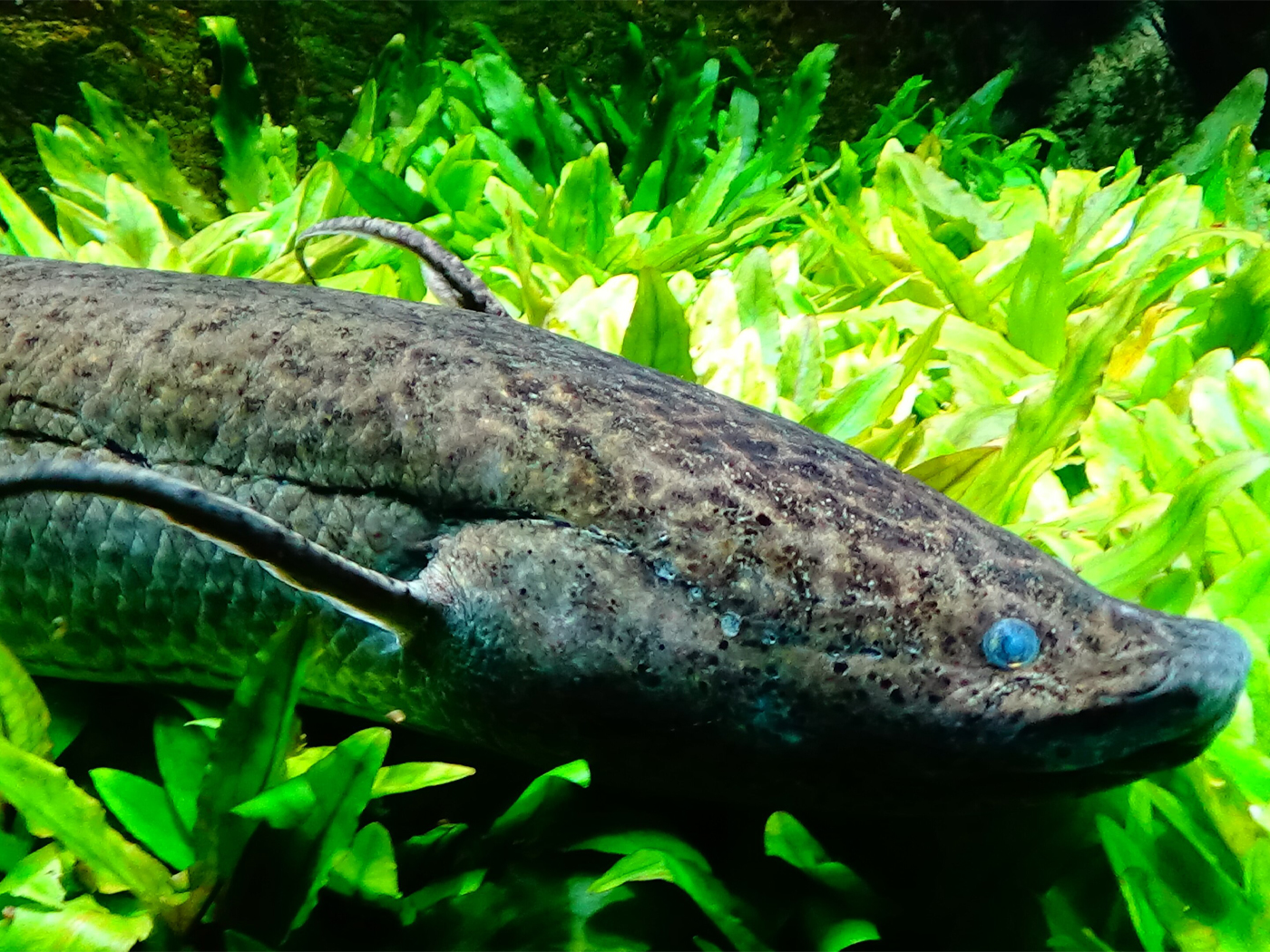For example, most of America’s national wildlife refuges are open to the public (although camping and some other activities are not permitted).1 So, consider enjoying some outdoor opportunities—such as seeing wild pronghorns at Hart Mountain National Antelope Refuge in south-central Oregon.
Pronghorns, often called “antelope,”2,3 are the primary mammal to see when visiting Oregon’s Hart Mountain National Antelope Refuge, although you will likely also see a lot of other western wildlife. The refuge was established in 1936 to protect endangered pronghorns, but it also protects sage-grouse, American pika, California bighorn sheep, redband trout, and many other wildlife and plants.4
Pronghorns are especially at home on the pasture-like grassy “fields” that we call the prairie plains of America’s Great West.5,6 They can run up to 60 miles per hour and are considered the fastest animal in the Western Hemisphere. Their near-extinction was due to unregulated hunting. However, they have become so plentiful that they are allowed to be hunted as big game.7
The pronghorn is specially designed to run at high speeds across open prairie in order to escape predators. However, it would do poorly in a different environment, such as in the mountains. In open prairies, speed is more valuable. But in mountains, agility is more valuable. It depends upon the environment.
This is similar to the differences of warfare in the Old Testament in similar environments.8 Chariots were virtually worthless in the jagged and jumbled terrain of the Judean foothills. Infantry—foot soldiers—were better suited for that environment.
Yet the opposite was true of the open flat plains and valleys of Israel.9 Horse-drawn chariots can outrun and outmaneuver warriors on foot. In open fields, fast-wheeled mobility of chariots can out-charge infantry offensively, and can defensively evade any onrush of soldiers on foot.
This same contrast is illustrated in the mammals of America’s West. Pronghorns race across the open prairies to escape predators, while mountain goats prance up and down mountain slopes, acrobatically evading carnivore predators, with physical agility that pronghorns lack.6,7,10 God purposefully designed each one for their environment.
In short, God loves variety in both animals and geography, so He has fitted different kinds of animals to fill different kinds of geographical niches.11
One physical feature that helps the pronghorn’s cross-country running ability is the design of its feet. Its two toes are long, pointed, and cushioned, equipping the hooves to serve as shock absorbers when the pronghorn flees chasing carnivores. This allows them to run not only fast, but also far. They have been observed to run over 35 miles per hour for over two miles.12
Pronghorn bodies are also well-equipped for life on mid-continent plains. Heartland prairies experience extremes of cold and hot, and pronghorn bodies retain heat when it’s cold, and radiate heat when it’s hot.
Pronghorn are especially designed for life on the open plains. … Since their body hair is hollow and can be lifted or flattened at will, pronghorn are able to adjust to temperature extremes. Standing their hair erect allows air to cool their skin, whereas laying their hair down flat retains heat.3
And it’s not just their sprinting and cross-country running that protects pronghorns of the prairies; their eyes are designed to see long distances. “Their eyes, as big as an elephant’s, see the world as you would if using binoculars with 8 power magnification. With eyes set far apart, a pronghorn’s field of view is much wider than you see even with the naked eye.”12
Having no nest or den, they rest in the open grassland (or scrubland), making no attempt to escape heavy rainfall, even giving birth right out in the open, with only some tall grasses or shrubs for privacy!13,14
Due to the pronghorn’s superior speed (and endurance, and sight), pronghorns are rarely overtaken by cougars or wolves or other four-legged carnivores.
Therefore, the prairie cougar’s challenge, if pursuing after prairie pronghorns, is comparable to a foot soldier on flat ground trying to chase horse-drawn chariots!
So, if you are near Hart Mountain National Antelope Refuge in Oregon, you might visit the wildlife refuge and enjoy looking around for some of God’s amazing, grazing, fleet-hoofed pronghorns.1,12 But forget about trying to catch one!
References
1. U.S. Fish & Wildlife Service. 2020. Hart Mountain: Coronavirus (COVID-19) Notice. Posted on fws.gov, accessed April 30, 2020.
2. See Hergenrather, J., T. Vail, et al. 2012. Your Guide to Yellowstone and Grand Teton National Parks. Green Forest, AR: Master Books. See page 138, which says, “Pronghorn, often mistakenly called antelope, have horns made of keratin like cattle, but shed their ‘prolonged’ horns like deer, placing them in a unique category between the cattle and deer kind.”
3. Elbroch, M., and K. Rinehart. 2011. Peterson Reference Guide to Behavior of North American Animals. Boston, MA: Houghton Mifflin, 231-237, with quotation from 231.
4. U.S. Fish & Wildlife Service. Hart Mountain: Wildlife and Habitat. Posted on fws.gov, accessed April 30, 2020.
5. Psalm 50:11b. The noun “field” in Hebrew is sadai, meaning a pasture-like (vegetation-covered, non-desert) open land, not dominated by trees.
6. Whitaker, Jr., J. O. 1998. National Audubon Society Field Guide to North American Mammals, revised edition. New York, NY: Alfred A. Knopf, 846-849, Plates # 318, 319.
7. Armstrong, D. M. 2020. Pronghorn (Antilocapra americana). Colorado Parks & Wildlife Species Profiles. Posted on CPW.state.co.us, accessed april 30, 2020. For a big-picture view of Colorado’s mammal ecology, see Armstrong, D. M., J. P. Fitzgerald, and C. A. Meaney. 2011. Mammals of Colorado, 2nd Edition. Boulder, CO: University Press of Colorado.
8. Leston. S. 2014. Illustrated Guide to Bible Battles. Uhrichsville, OH: Barbour Books, 165.
9. Isaiah 22:7.
10. Johnson, J. J. S. 2020. Balancing High Risks: Learning from Mountain Goats. Creation Science Update. Posted on ICR.org April 23, 2020, accessed May 1, 2020.
11. Johnson, J. J. S. 2013. God Fitted Habitats for Biodiversity. Acts & Facts. 42(3):10-12.
12. U.S. Fish & Wildlife Service. 2020. American Pronghorn (Antilocapra americana). Posted on fws.gov, accessed April 30, 2020.
13. Stan Tekiela, S. 2007. Mammals of Colorado Field Guide. Cambridge, MN: Adventure Publications, 303.
14. Despite the abundance of wild pronghorns inhabiting America’s Great West after growing nearly a century, some British scientists still report generations-old obsolete tales that American pronghorns are “rare.” See Cox, B., P. D. Moore, P. Whitfield. 1989. The Atlas of the Living World. Boston, MA: Houghton Mifflin, 22. “The now rare pronghorn (Antilocapra americana) evolved in the Nearctic region and feeds on the prairie grasslands.”
*Dr. Johnson is Associate Professor of Apologetics and Chief Academic Officer at the Institute for Creation Research.













